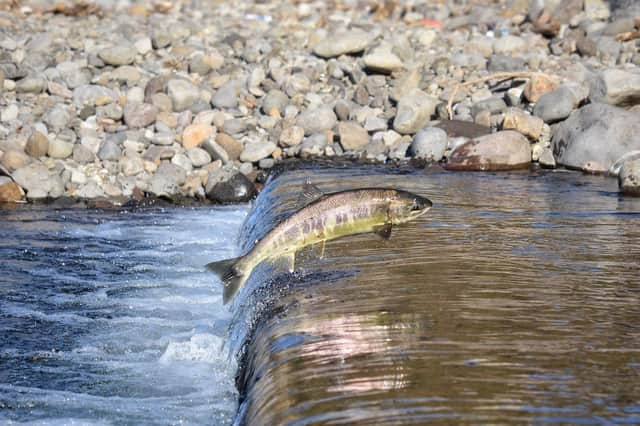Plan to help wild salmon populations


Developed in partnership with stakeholders, the Wild Salmon Strategy Implementation Plan covers five priority themes: Managing recreational angling; understanding pressures in marine and coastal environment; international collaborations; modernising legislation and improving the condition of rivers.
The plan brings together a range of actions being undertaken across government which will benefit wild salmon recovery.
Advertisement
Advertisement
Examples include improving salmon habitat through peatland restoration to improve water quality, improving wastewater treatment works and removing barriers to migration, such as weirs associated with historic industry.
Salmon are sensitive to rising water temperatures and riverside tree planting projects which help keep river waters cool will increase, while the approach to water scarcity will be reviewed.
A delivery group involving a range of stakeholders will oversee progress of the plan and publish an annual report, while a Scientific Advisory Board will be established to coordinate research and monitoring activities.
An analysis of the environmental and socio-economic benefits arising from a healthy wild salmon population will also ensure the value of the species is recognised.
Advertisement
Advertisement
Rural Affairs Secretary Mairi Gougeon said: “Scotland is recognised globally as a stronghold for Atlantic salmon, but statistics show a downward trend in the numbers returning to Scottish rivers.
“It is vital that we act together at home and overseas, using our collective resource, knowledge and expertise to ensure a bright future for this iconic species and the plan, working with a range of partners, addresses the issue with a wide range of actions .
“Crucially, it is dynamic and adaptable, so the work to support salmon restoration can be adjusted as we gain greater insight into the challenges and success of mitigating actions.”
Salmon start their lives in streams and rivers, migrate to the high seas to grow and return home to spawn, connecting diverse habitats over a vast area and are affected by a wide variety of pressures,